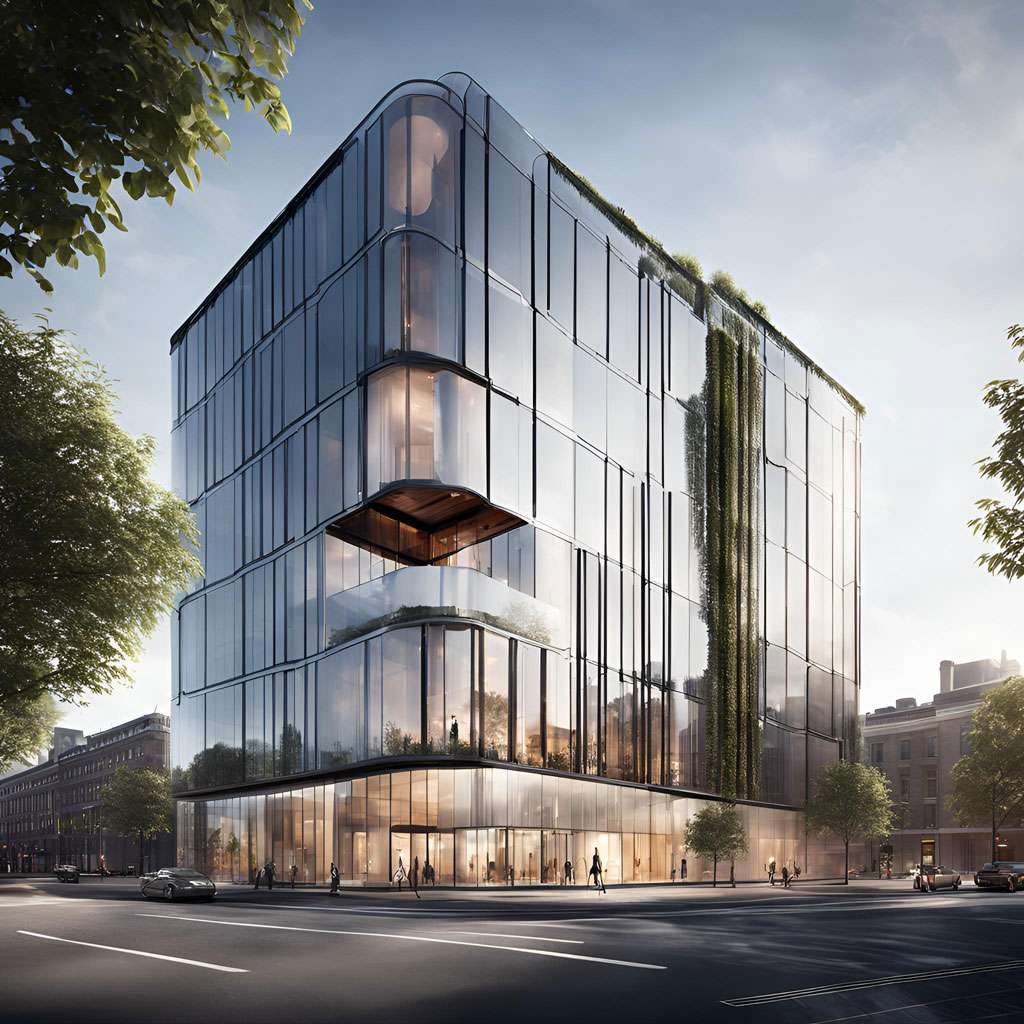Regaining Trust and Approval After Design Rejections: A Comprehensive Approach
When your design proposals face repeated rejection from a client, it’s essential to approach the situation with a mindset focused on growth and understanding. By actively seeking to regain their trust and approval, you can transform setbacks into opportunities for collaboration and success.

1. Understand Rejection
Understanding the reasons behind a client’s rejection is the first step in the recovery process. Take the time to thoroughly review their feedback and identify specific areas where your proposal fell short. Was the issue related to aesthetics, functionality, or cost? By pinpointing these concerns, you can tailor your revisions effectively. Acknowledging the client’s perspective demonstrates your commitment to finding a solution that aligns with their needs.
The key is to view feedback as a valuable tool for improvement. Instead of becoming discouraged, focus on understanding the specific issues—whether they relate to functionality, design, or budget constraints. Engaging with the client’s feedback fosters a stronger working relationship and leads to better outcomes through collaboration.
2. Communicate Clearly
Clear communication is paramount in rebuilding trust with your client. After grasping the reasons for rejection, initiate a discussion to delve deeper into their feedback. This conversation serves as an opportunity to clarify misunderstandings and ensure you fully comprehend the client’s vision. Listen actively and ask questions that reflect your willingness to collaborate. Establishing an open dialogue will provide insights into the client’s thought process and lay a foundation for a more productive relationship.
Effective communication also demonstrates your investment in their success. It’s not merely about fixing what went wrong; it’s about genuinely understanding their vision. Acknowledging their frustrations can significantly contribute to regaining trust.
3. Revise Strategically
Armed with a clear understanding of your client’s needs, it’s time to revise your design strategically. Focus on incorporating their feedback while maintaining the integrity of your original vision. Striking this balance is crucial; showcasing your ability to adapt without compromising quality is essential for rebuilding trust. Ensure that your revisions directly address the client’s concerns and highlight how the changes align with their goals.
Strategic revisions show your dedication to the project and your ability to respond constructively to criticism. Consider presenting multiple revised options to give the client a sense of choice, thereby helping to restore their confidence in the process.
4. Present Confidently
When it’s time to present your revised design, do so with confidence and professionalism. Your presentation should not only showcase the changes but also reiterate how they align with the client’s objectives. Utilizing visual aids and prototypes can enhance understanding and appreciation of your modifications. Your confidence in the revised design will instill confidence in the client, demonstrating the value of your work for their project.
5. Follow Up
After presenting your revised design, don’t leave things to chance—follow up with your client to gather their thoughts and reactions. This proactive approach shows that you are genuinely interested in their satisfaction. If there are still areas needing adjustment, offer to make further revisions. The follow-up is also an opportunity to discuss next steps and keep the project moving forward.
Your engagement reinforces your commitment to achieving a successful outcome and helps to build a robust client relationship.
6. Reflect and Learn
Every designer encounters rejection at some point, but how you respond defines your growth and future success. Reflecting on the experience allows you to identify lessons learned. What strategies were effective? What could have been approached differently? Use these insights to refine your approach for future projects. Continuous learning is vital in design, where trends and client expectations are ever-evolving.
Conclusion
At Luxe3D, we understand the importance of trust and collaboration in the design process. Our commitment to clear communication, strategic revisions, and ongoing engagement ensures that we not only meet but exceed our clients’ expectations. By fostering a supportive environment for feedback and growth, we create stunning visual solutions that truly reflect our clients’ visions. Whether through 3D rendering, architectural visualization, or bespoke CGI projects, Luxe3D is dedicated to transforming challenges into opportunities for innovation and success.
